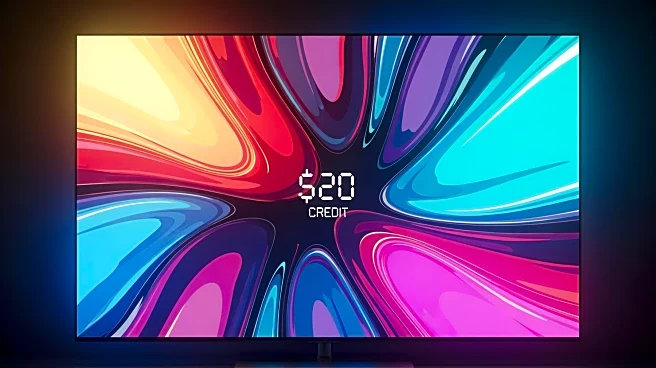What's Happening?
YouTube TV subscribers are experiencing a blackout of Disney-owned channels, including ABC and ESPN, due to a dispute between Google and Disney. The disagreement stems from failed negotiations over streaming
rights, leaving approximately 10 million subscribers without access to popular channels. This blackout has particularly affected sports fans and viewers of shows like 'Jeopardy!' which airs on ABC. The standoff has persisted for nearly two weeks, with YouTube TV offering a $20 credit to affected subscribers as compensation. The dispute highlights ongoing tensions in the streaming industry as companies negotiate content distribution and pricing.
Why It's Important?
The blackout of Disney channels on YouTube TV underscores the complexities of streaming service agreements and their impact on consumers. As streaming platforms become increasingly popular, disputes like this can significantly affect viewer access to content and influence subscriber loyalty. The financial implications are substantial, with Disney potentially losing millions in revenue during the blackout. This situation also highlights the competitive nature of the streaming industry, where companies must balance content acquisition costs with subscriber satisfaction. The outcome of this dispute could set precedents for future negotiations between content providers and streaming platforms, affecting industry dynamics and consumer choices.
What's Next?
The resolution of the YouTube TV and Disney dispute remains uncertain, with both companies needing to reach an agreement to restore channel access. Subscribers may explore alternative streaming options if the blackout continues, potentially impacting YouTube TV's subscriber base. The industry will be watching closely to see how this situation unfolds, as it could influence future negotiations and strategies among streaming services and content providers. Stakeholders, including advertisers and content creators, may also react to the dispute's resolution, affecting advertising strategies and content distribution models.











